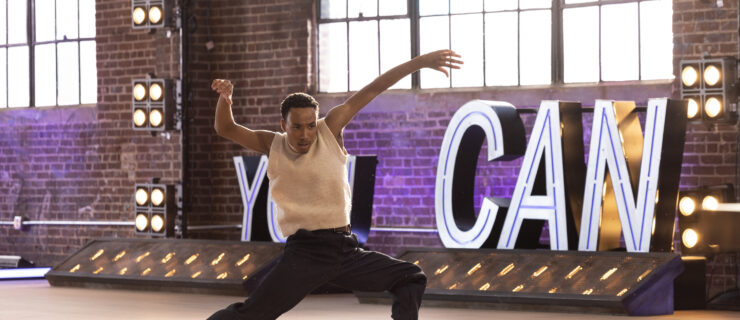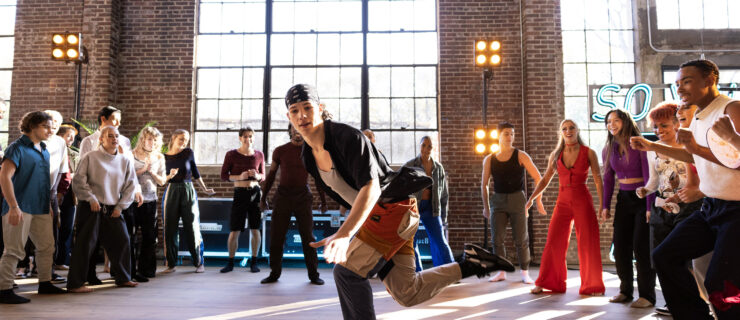Cunningham Technique
For more than 50 years, Merce Cunningham has been a driving force in modern dance. Working with the idea that dance and music should be able to exist independently of each other while sharing the same time and space (a concept developed with longtime musical collaborator and life partner John Cage), and making use of chance in developing choreographic phrases, Cunningham has challenged the way we create and view dance. He is also an avid student of new technology, and has embraced film, video and computer animation. As a result, a wealth of his work is available on video, as are tapes of his class exercises. Cunningham has created nearly 200 dances for his own company; his works have also been performed by the Paris Opera Ballet, Boston Ballet, White Oak Dance Project and others.
How to Prepare
Students should come to Cunningham class with their “thinking caps on,” says Robert Swinston, assistant to the choreographer and a member of the Merce Cunningham Dance Company. “This technique is rigorous, and is designed to create strength and flexibility—of both body and mind,” he says. “You have to be alert and focused in class.” Cunningham technique challenges a dancer’s ability to change direction within the body and in space, so explore your internal sense of direction as you move through a day. Observe the sensations that occur in the body as you round corners and make sudden changes of direction. Take note of how those changes impact your sense of self and your relationship to the space around you.
Class Structure
Students with a background in classical dance will connect to the progression of a Cunningham class. “We [do] a center, standing barre,” Swinston says, “more like ballet than the seated floorwork that many modern techniques use.” Classes often start with a back warm-up and move through a series of exercises such as pliés and tendus, progressing toward large sequences that move through space. Combinations of turns, adagios and phrases across the floor lead into jumps. Depending on time, teachers may work on hinges and falls as well.
Key Concepts
A strong sense of one’s spine is an integral part of Cunningham technique, which explores the way that the back works either in opposition to the legs or in unison with them. Space is also an important factor, as is a sense of direction. In his choreography and class exercises, Cunningham developed a way of referencing “front” so that dancers don’t think about movement in terms of moving toward a point in space (most often, facing the audience), but rather in terms of where each individual body is facing.
In the documentary Cage/Cunningham, Cunningham explains, “You have to think you’re going from yourself in a direction, and when you get there, that’s where you are. This allows the dancer to think in terms of multiple directions.” This ability to change direction at will is incorporated into class exercises, in which you might be asked to face to the side or back during a combination, or to shift facing midway through. Rhythm is another crucial skill developed through Cunningham training. “When Merce started dancing, he loved tap, so there’s a real focus on rhythm in [his] technique,” says Swinston. “We often talk about ‘frisky feet’ in classes, and play with a dynamic range of speeds from fast to slow and back to fast again.” Rhythms come from a dance, rather than a musical perspective, since the music and movement are often separate in Cunningham’s work.



